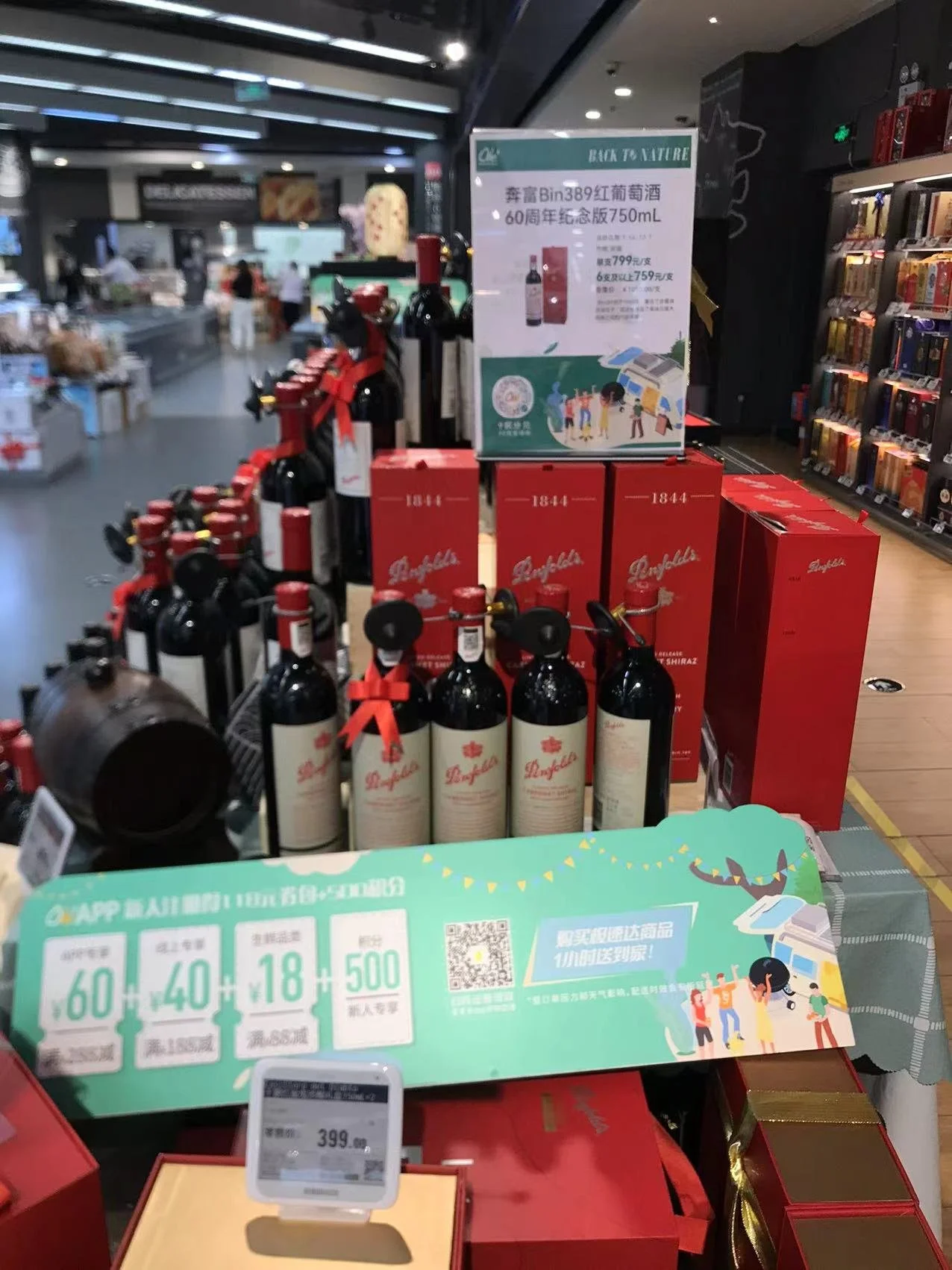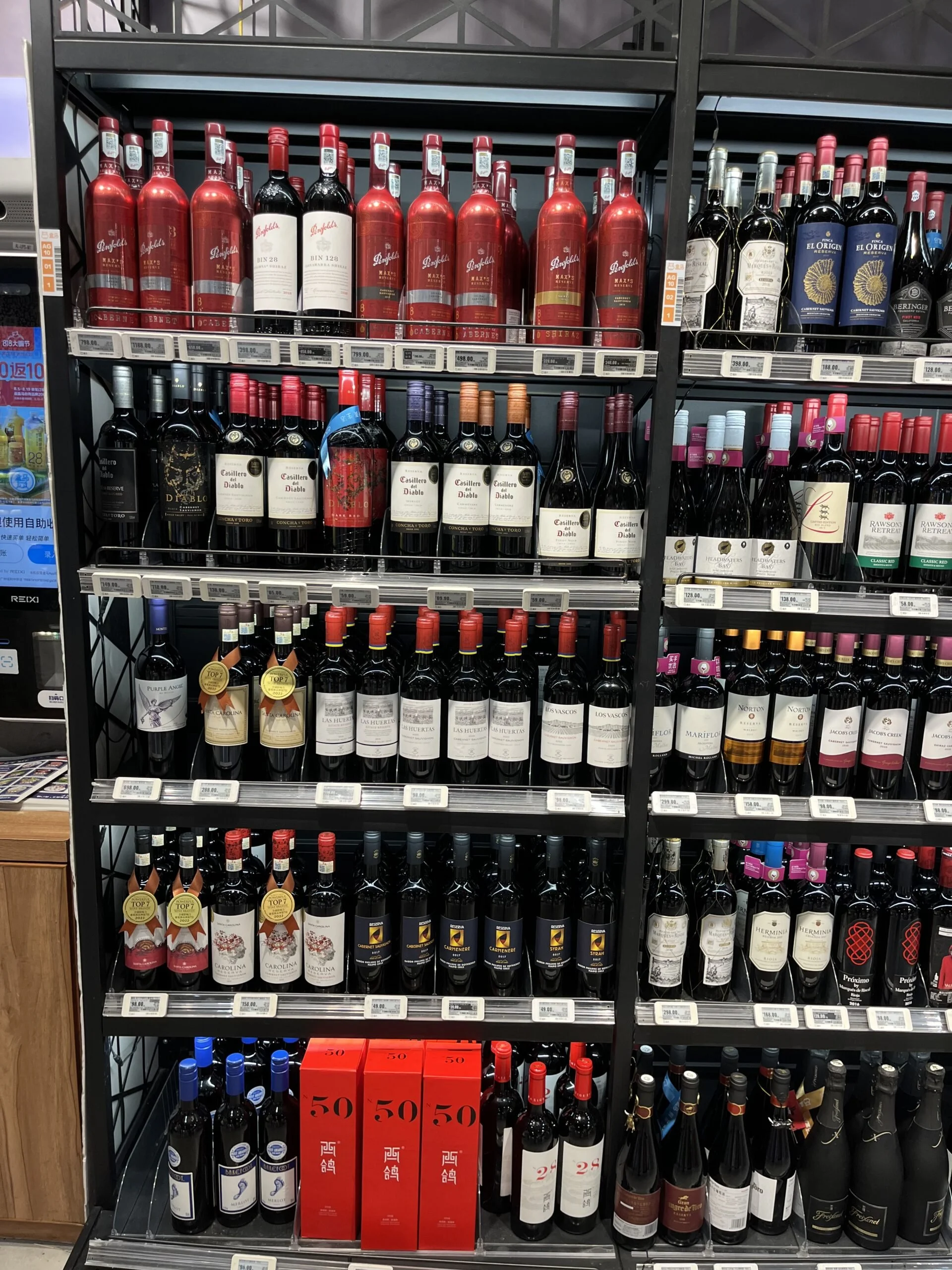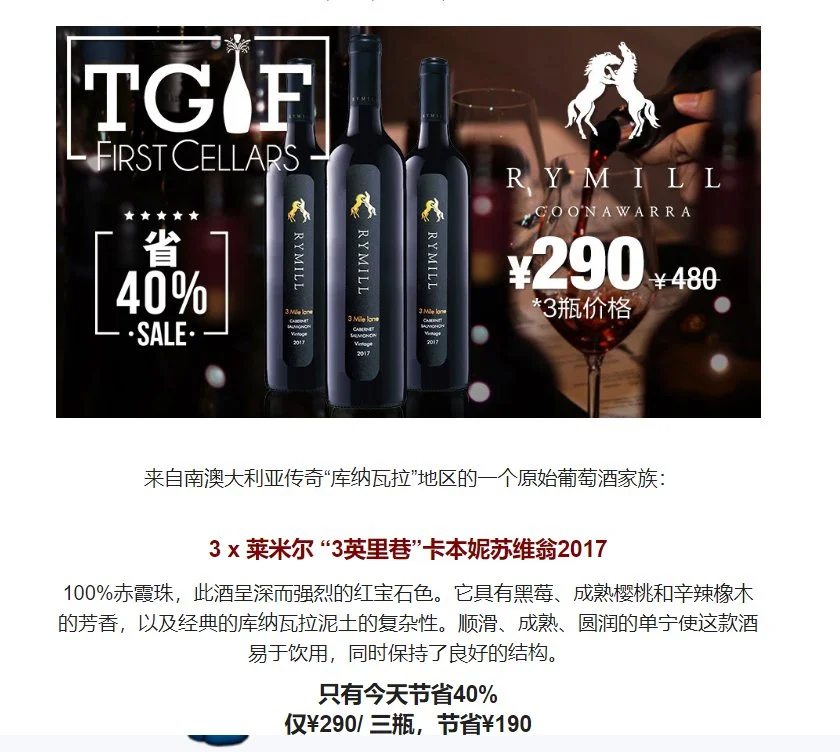Nimbility’s Ian Ford on the real impact of Chinese tariffs on Australian wine
Link to original article
It is two years since China imposed huge tariffs on Australian wines effectively ending what had been a boom period for Australian producers across the country. To mark the occasion Ian Ford, co-founder of Nimbility, the specialist Asian marketing, branding and trading agency, analyses just what impact the tariffs have had and says if you look hard enough there are still “abundant” volumes of Australian wine – particularly Penfolds – still on sale in China. But how can that be? Ford unravels the Australian, Chinese conundrum.
By: Ian Ford
Just what is happening in China with Australian wine? Nimbility’s Ian Ford is ideally placed in Shanghai to see first hand what the real picture is and has some surprising conclusions to make.
In August of 2020, China’s government launched a pricing probe into Australian wine imports at the request of the China Alcoholic Drinks Association (CADA). China subsequently imposed temporary anti-dumping measures on Australian wine imports from November 28, 2020, while they continued to conduct a full investigation into charges of “dumping” or subsidized exports to China.
On March 26, 2021, after several months of temporary restrictions, China’s government imposed tariffs of 116–218% on bottled Australian wine imports through 2026 having arrived at the conclusion that Australia was subsidizing the dumping of wine into China. What had been Australia’s largest and arguably most lucrative export market was now effectively shut down
Officials in China have argued that some Australian wine is being sold cheaper there (dumped) than in its home market through the use of subsidies. Australia has rejected that assertion, initially in a statement from the Ministry of Agriculture on November 27, 2020 as the initial punitive tariffs were announced.
“The fact is Australia produces amongst the least subsidized product in the world and provides the second lowest level of farm subsidies in the OECD. The Australian government categorically rejects any allegation that our wine producers are dumping product into China, and we continue to believe that there is no basis or any evidence for these claims,” said the Ministry.
Two years on and there is still plenty of Penfolds available in major Chinese cities – like here in Shenzen
As we approach the two-year mark since the initial temporary ban in November 2020, it is worth looking again at the market, what have been the impacts to the industry, and to examine the state of Australian wine in China today. Our findings were unexpected and raise some very curious follow up questions.
Supply and demand
Surprisingly, from the standpoint of a China wine consumer, there are still abundant Australian wines available for purchase in the market, even close to two years into the ban. It is important to note that in calendar 2019, the last year before Covid distortions set in, Penfolds wines occupied approximately 57.4% of the value of all Australian wines imported into China.
Recent visits to two Hema Supermarkets, in Shanghai and Guangzhou, provided clear evidence of the ongoing availability of Australian wines and particularly the Penfolds brand to the Chinese consumer. Penfolds occupies a large proportion of red wine facings in the Shanghai Hema store, including Bin 389, Bin 128, Koonunga Hill, Max’s Reserve and as well a Wolf Blass Gold Label.
Again Penfolds is to the fore at this Hema supermarket in Guangzhou
A major New World wine producer recently identified Hema as their top performing retailer in China, so it is unlikely that this is slow moving inventory. Interestingly the vintage of most if not all of the Penfolds wines in the pictures are 2018 or before, bottles that would have arrived before the ban.
Penfolds wines are also still widely available to the Chinese consumer on the very popular Taobao shopping platform, and via popular wine retail platforms like 1919.com. We have also found various different Australian wines still available and sold through a popular direct sales platform called Vinehoo. Anecdotally we also see Australian wines still available in restaurants and wine bars across the market.
The Penfolds conundrum
How is it possible that after close to two years of an effective ban on Australian wines, that consumers are still able to indulge their appetite for Penfolds and others? There are a few different possibilities, and it may be that the final answer is a combination of them all.
It’s clear huge amounts of Australian wine was brought into China prior to the tariffs being introduced – here 2016 Wolf Blass is being sold sold at 76rmb in an Ole premium supermarket
Loading: Firstly we know and can verify through China import statistics that an extraordinary quantity of Australian wine was shipped in advance of the November 2020 tariffs, as the trade became more and more aware of the government’s intended action. We have direct feedback of major Penfolds importers loading and hoarding stock in advance of the ban, in one case as much as a year’s worth of inventory.
We have also heard heard a claim of as much as five years of stock in one major importer’s warehouse. This may, in part, explain the presence of so much Penfolds inventory still available in the retail market. But was there enough to supply those same wines still to the market two years on?
Parallel: Are Australian wines being smuggled and evading the punitive tariffs, most likely from Southeast Asia or even direct from Australian traders? Are top bottles still being hand-carried in large quantities in from Hong Kong and Macau? Vintages in visible accounts like Hema are all from 2018 and before, which indicates that these wines were in market before the ban came down.
Major online sites like Vinehoo still have good quantities of premium Australian wines for sale
While it’s possible that there are some parallel shipments getting into less visible trading corners of the market, in our view the outright smuggling of material quantities of Australian wines is highly unlikely. The hand-carry market for fine wines from Hong Kong has been completely stymied by China’s border quarantine restrictions, so this route to market for “grey” bottles of Penfolds has also disappeared.
Demand: Has demand for Australian wines contracted so much that even available inventories are not being depleted? When the China government slaps tariffs on a product, it is also a signal to consumers, media, government contractors and the officials themselves that this product is out of favour. This, in turn, makes Australian wines taboo for gifting, conspicuous consumption, dinners and entertainment, all major components of demand for premium Australian wines in recent years. Simultaneously prices for Penfolds have risen substantially since the ban, an additional disincentive to consumption.
Drip Feed: For many vendors of Penfolds wines in China, having availability of a brand like Penfolds for their clients is as important as the sales revenue generated by selling off the inventory. Hence many importers and even retailers may have been “drip feeding” their Penfolds stocks into the market, to stretch out availability for as long as possible, which in turn is supported financially by increases in price. We have at least one confirmed example of a major Penfolds importer engaging in this approach.
Another example of online activity in China with this 2017 Coonawarra Cabernet being promoted online
The true story behind the persistent availability of Australian wines in the China market is likely a combination of some or all of the above. For China’s wine consumers, the love affair with Penfolds can carry on for a while longer it seems, unless the passion has cooled off. For other wine producers from other regions the question remains, what are the implications for French, Chilean, South African and other producing countries that are looking to pick up the slack?
There is no indication that China’s punitive tariffs on Australian wines will be lifted ahead of the scheduled five-year period (March 2026). There are signs that the Chinese fine wine consumer has turned back to France and possibly Baijiu to fill their needs, while Chile and South Africa have picked up some of the more commercial gaps so far.
With three years still to go until Australian wines may be able to re-enter the market, the full story of China’s Australian wine ban has yet to be written.
Nimbility is a specialist drinks marketing, branding, exports and trading agency that works with major wine and spirits brands to access, market and promote themselves in all major Southeast Asian countries.






